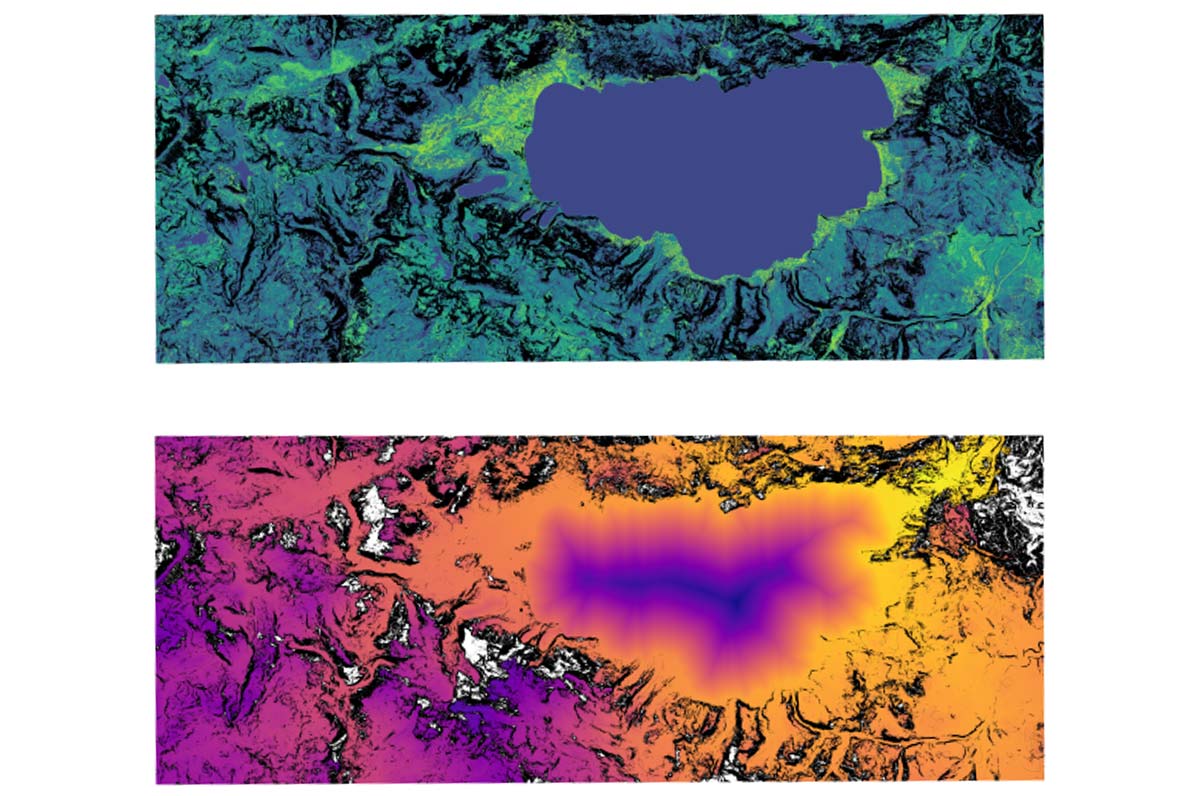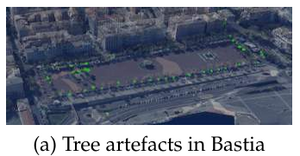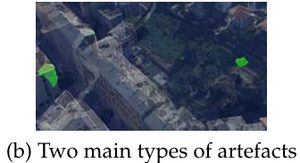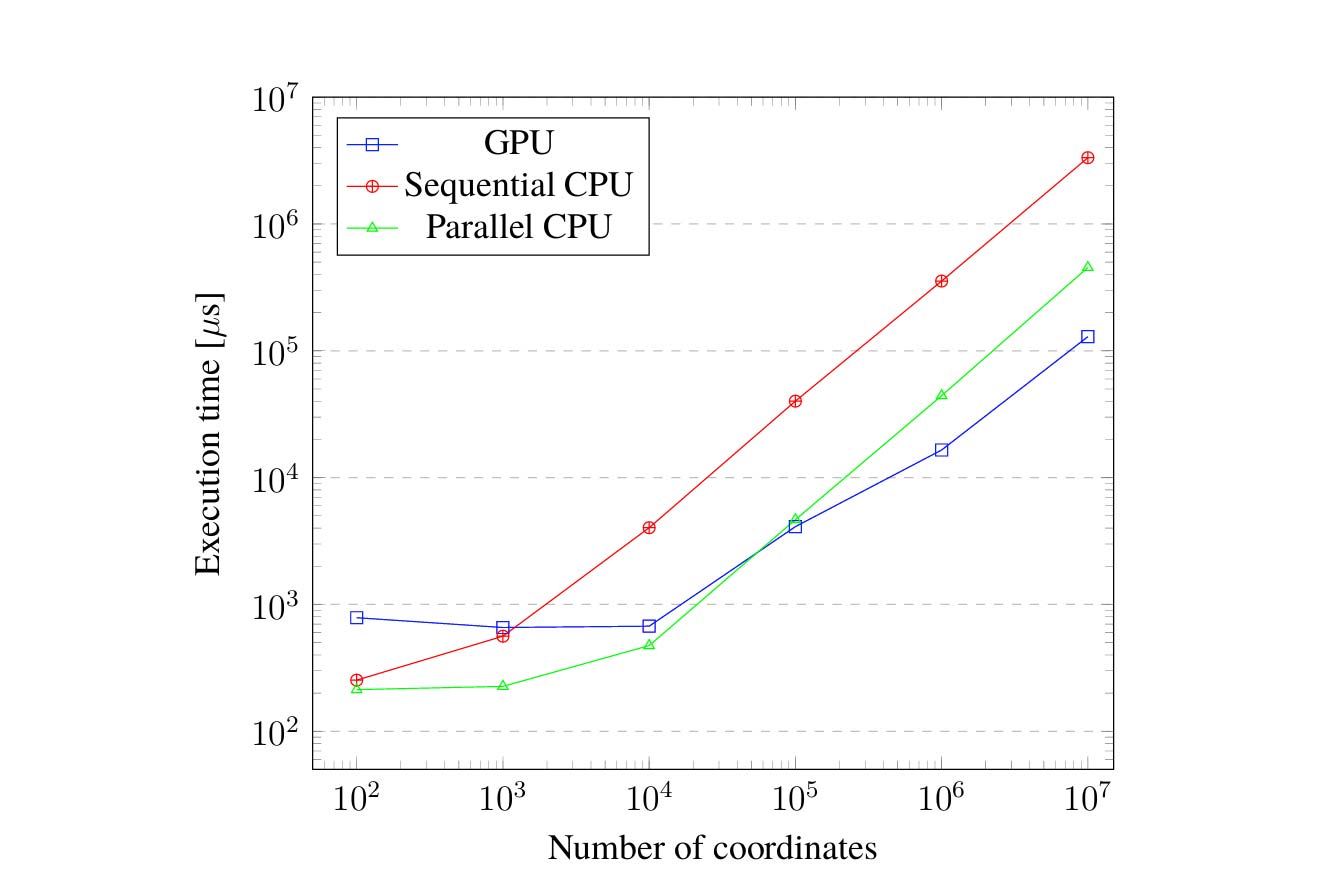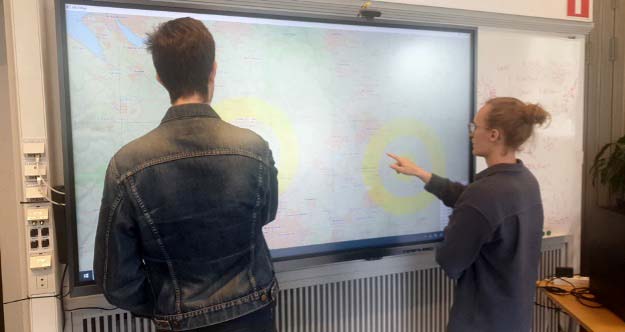Conclusions and Future Work
From an engineering point of view, artefacts in urban meshes can be detected by extending already existing semantic mesh segmentation paired with density-based descriptors. Given results and works on the detection of artefacts in 3D point clouds and that urban meshes are usually generated from point cloud surveying, it seems that performing such a detection step for quality purposes should be performed beforehand on the raw data. Given a mesh, semantic segmentation is however a relevant challenge for automatic simplification of the given mesh or for other applications. Vegetation identification is the main remaining problem in most approaches.
Density holds potential for vegetation detection in meshes with varying resolutions. Due to time constraints, it was not however possible to effectively include it in the final proposal. Vegetation processing for artefact removal is usually rather specific, therefore a better performing vegetation detection in the primary clustering via MRF step is important to efficiently distinguish ground, buildings and trees. In order to improve object detection, using available and accurate elevation data could allow to perform watershed without requiring texture based constraints. Finally, in general, constituting ground-truths for supervised approach or simply performance evaluation could be of great benefit.
